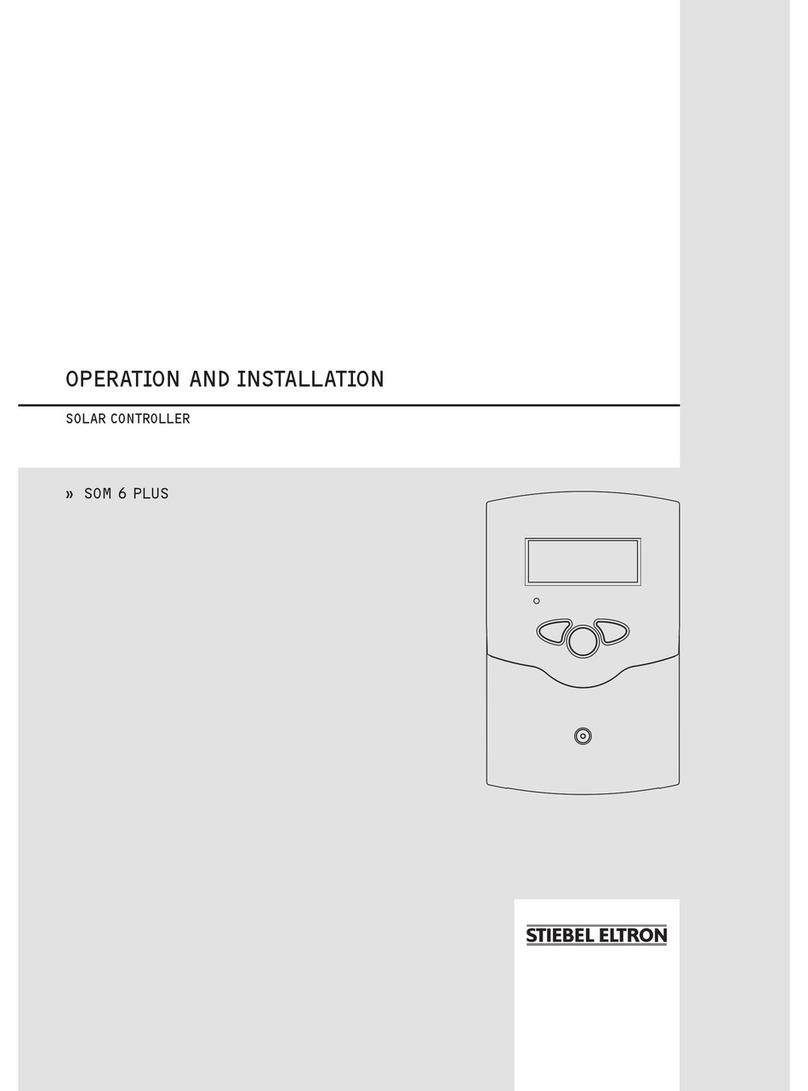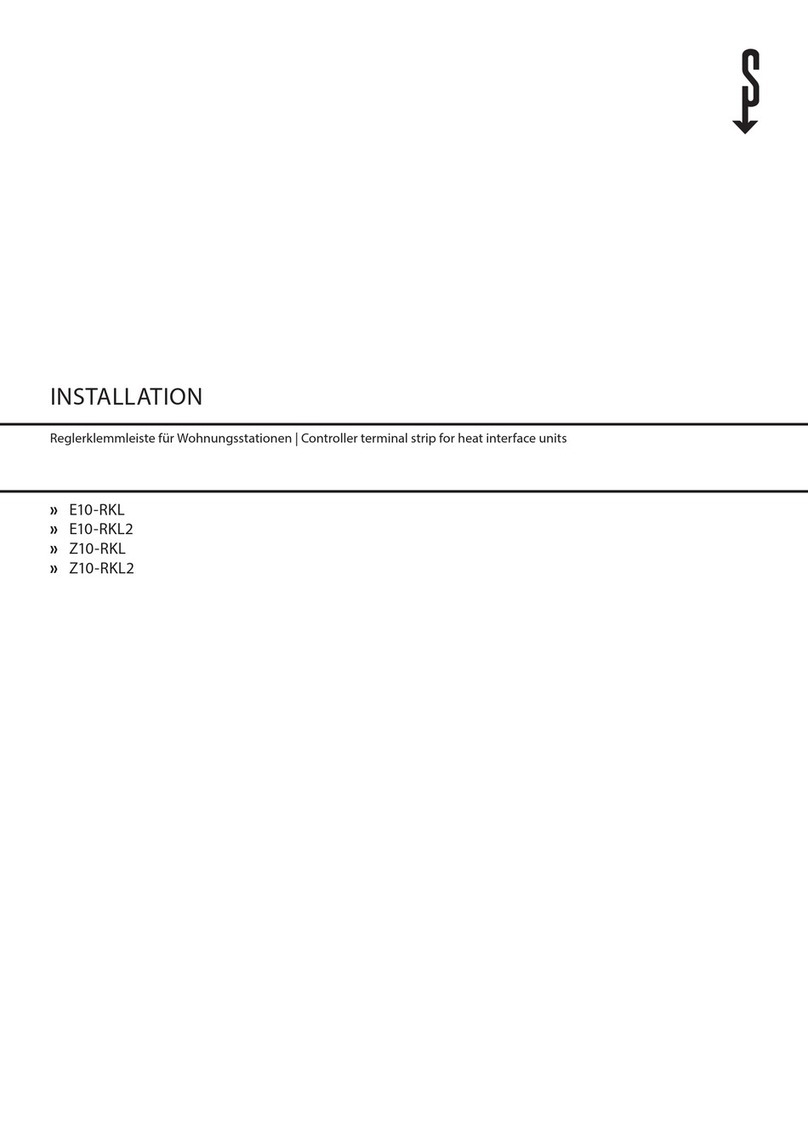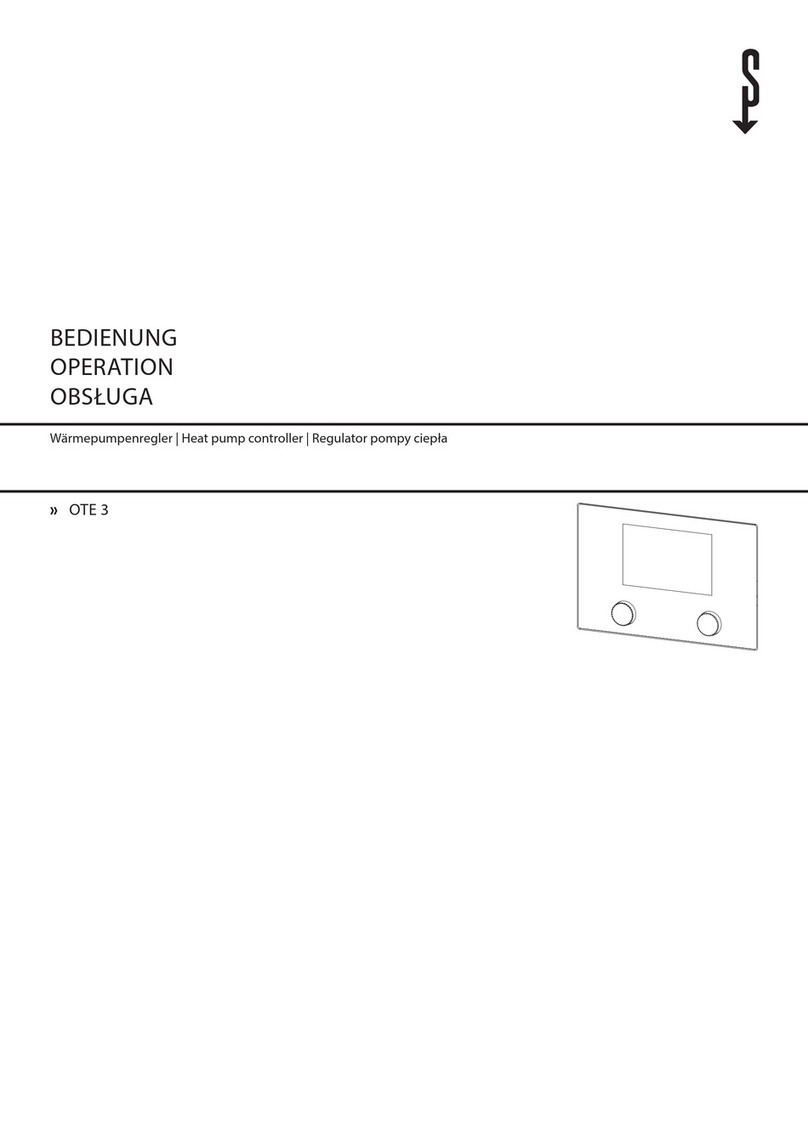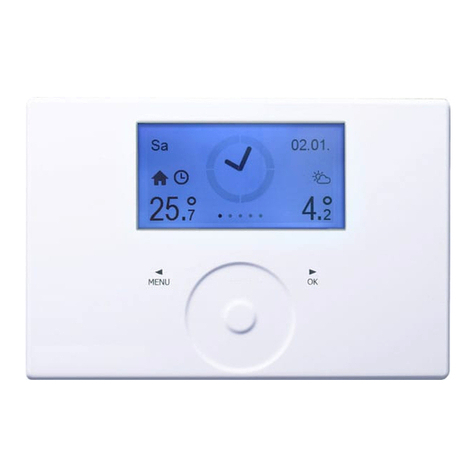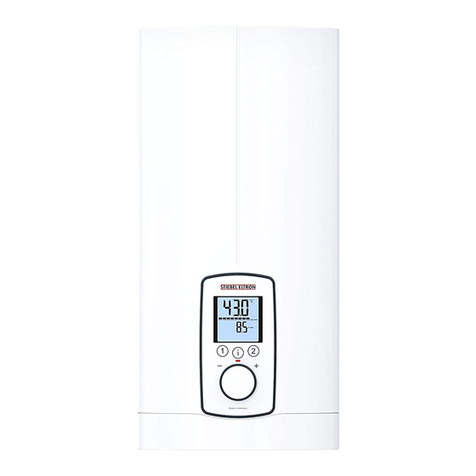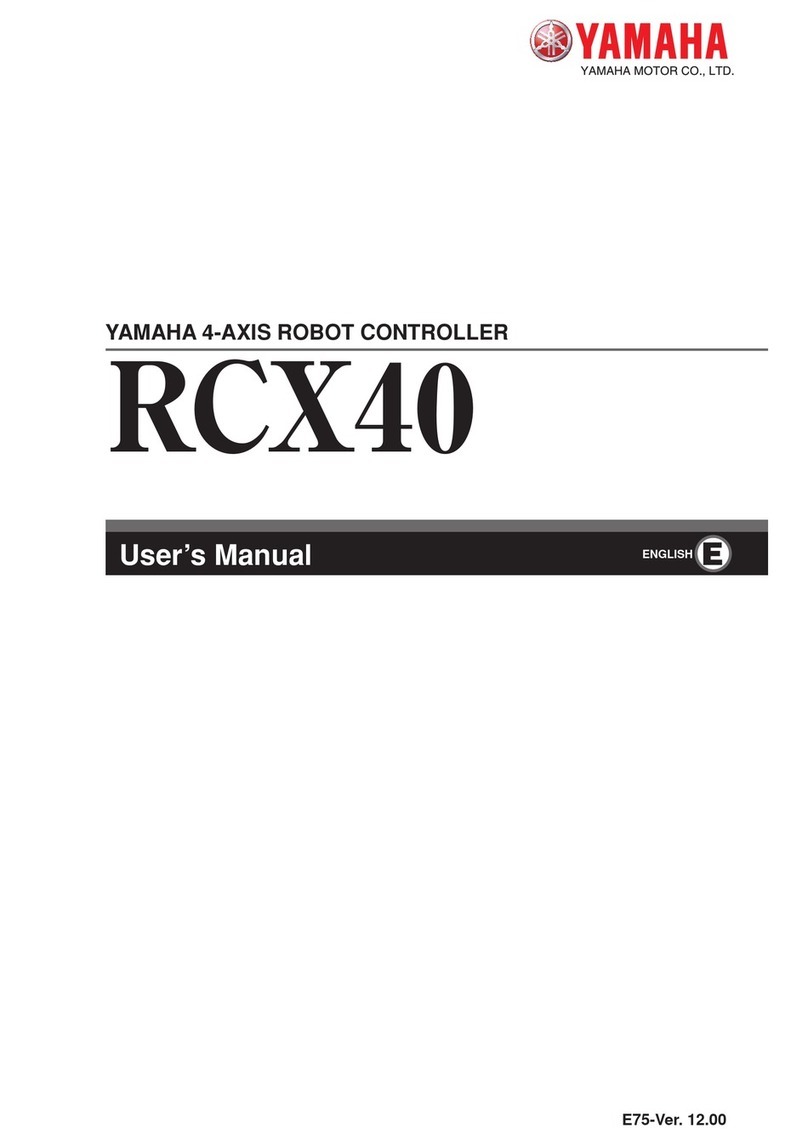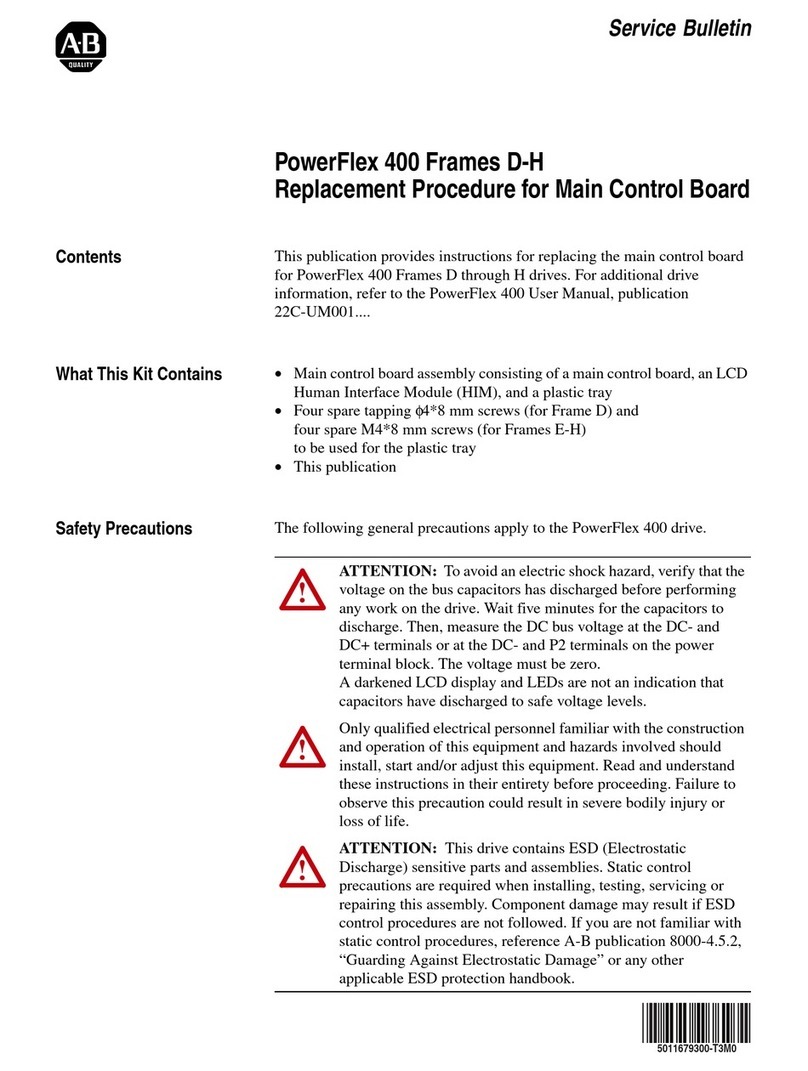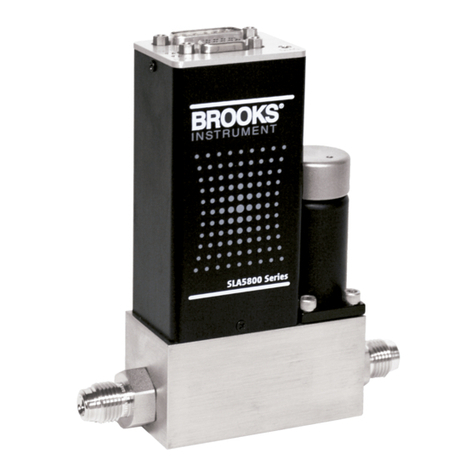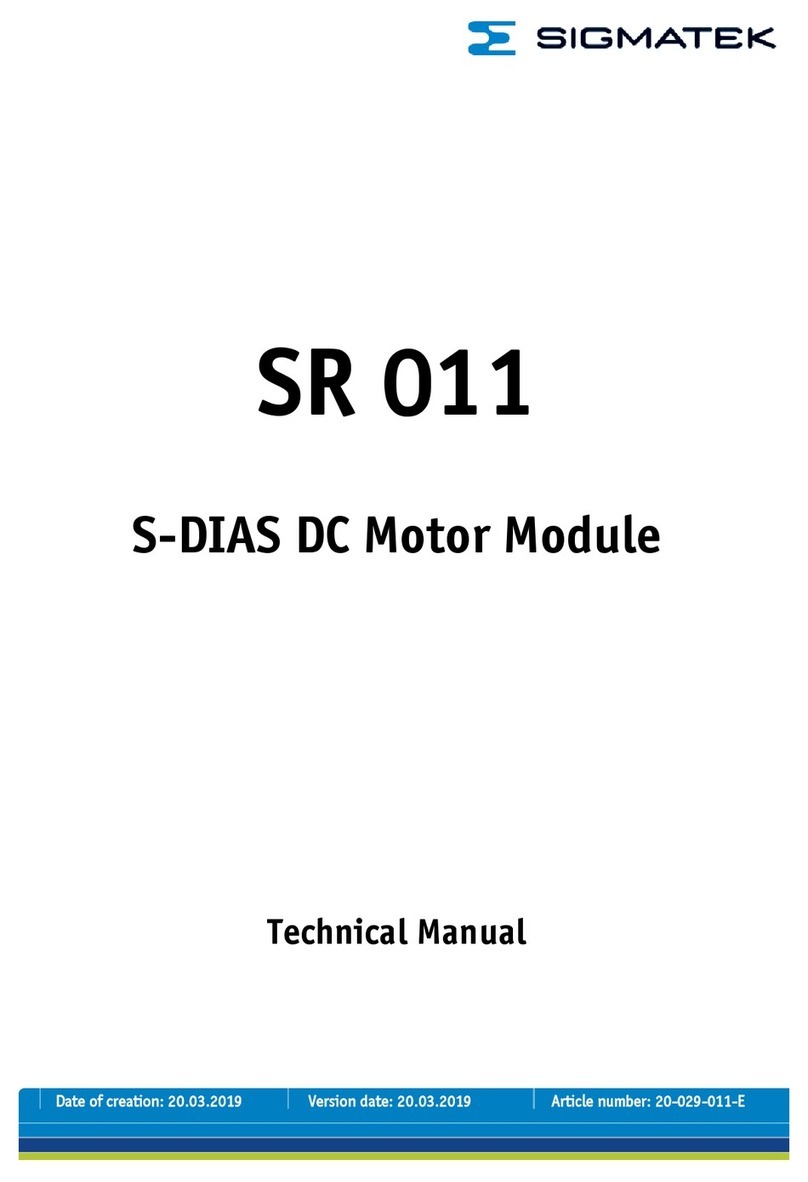
FUNCTIONS: HEAT DEMAND
10 | EAC 5 www.stiebel-eltron.com
Heat Demand
Depending on availability, the heat demand calculation is
based on the outdoor temperature values measured by the
temperature sensor which is connected to the system (by
wire, alternatively by radio) or optionally with additional
tekmar devices. Both sources are evaluated independently of
each other as individual values or, if possible, as a time series.
If both sources are equally available the weather forecast
takes precedence for the determination of the effective out-
door temperature as it provides a more substantiated future
prediction.
Additionally, the system carries along an outdoor tempera-
ture substitute value which is automatically adjusted to the
current effective outdoor temperature on a daily basis and
can be adjusted manually if failures persist over extended
periods.
The result of the heat demand calculation is the current heat
demand and as far as can be determined the future series
of the heat demand for the next 24 hours.
States
Depending on the availability of both of these sources, the
heat demand calculation can assume the following states:
Reset: initialising
Substitute value: both sources at fault, substitute value is
used
OT Measured value: outdoor temperature sensor active,
only measured value available (normally for some time af-
ter power-up)
OT Value now:outdoor temperature sensor active, current
individual value including building thermal inertia availa-
ble
OT Value trend: outdoor temperature sensor active, time
series with pseudo future available
Weather hour: weather forecast active, only single value
for the next hour available
Weather future: weather forecast active, only forecast
available
Weather now:weather forecast active, current single val-
ue including building thermal inertia available
Weather trend: weather forecast active, complete time se-
ries available
Error: calculation module internal error
Building thermal inertia
The indoor temperature of a building follows a change of the
outdoor temperature only with a time delay that depends
mainly on the building mass (type of structure) and its insu-
lation. An efficient heat demand calculation must take this
